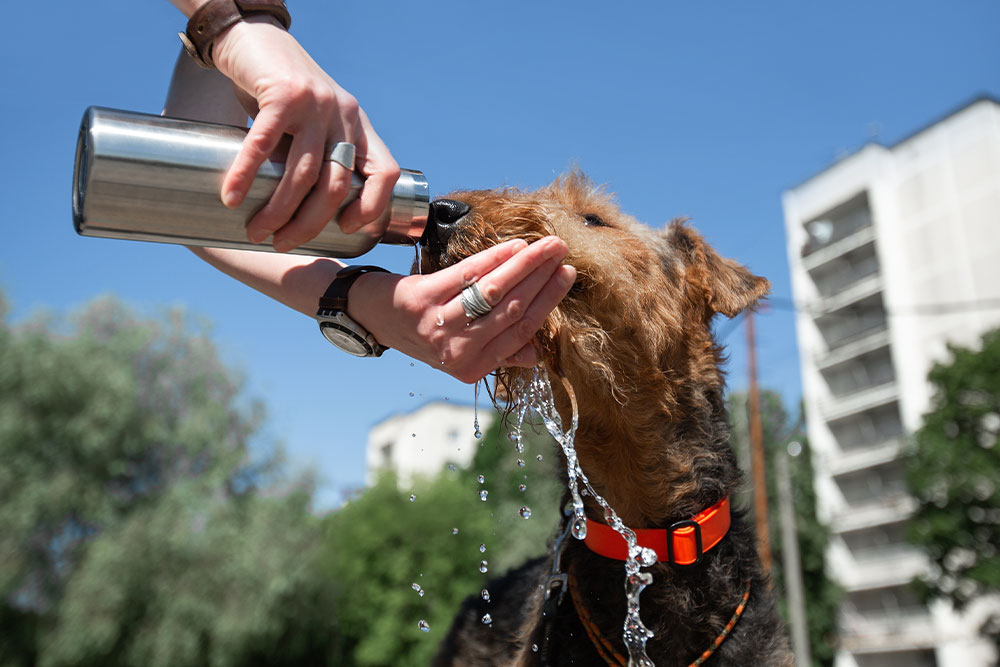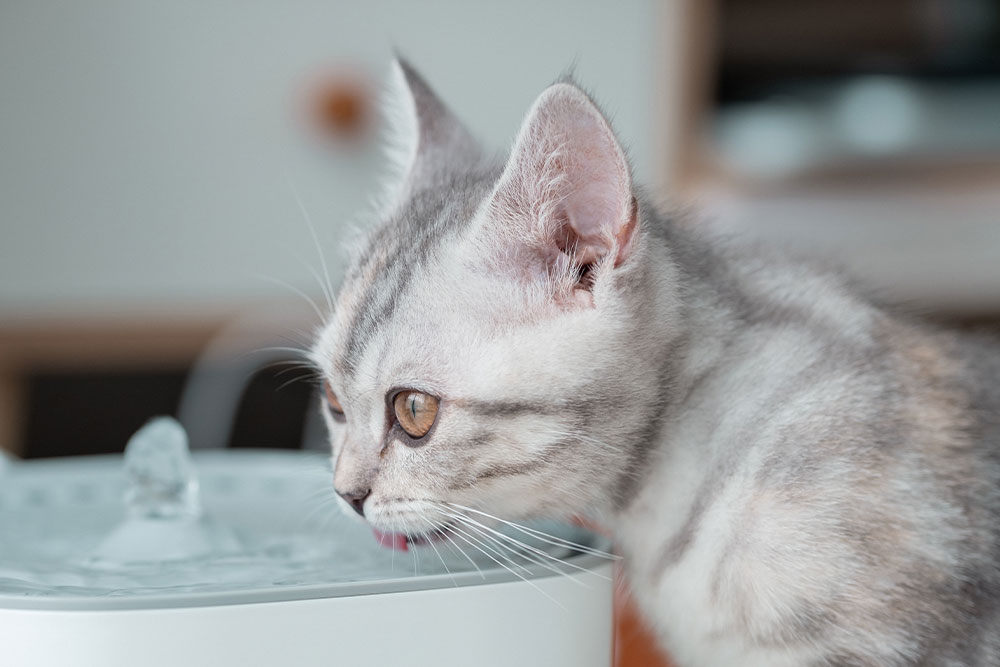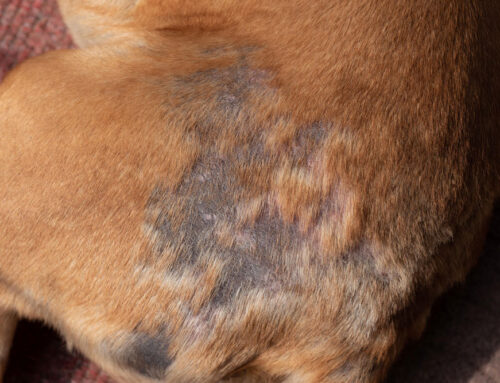At Twin Maples Veterinary Hospital, we know how much love and care goes into every walk, purr, tail wag, and mealtime routine. But there’s one vital health need that often goes unnoticed: hydration.
Whether you’re caring for a playful puppy or a senior cat, keeping your pet properly hydrated is essential to their overall health and comfort. Dehydration can lead to serious complications—but it’s often preventable with just a few small adjustments at home.
Here’s what every pet owner should know.
What Is Hydration, and Why Is It So Important?
Hydration refers to the body’s ability to maintain a healthy balance of fluids. In pets, water supports nearly every physiological function:
- Regulates body temperature
- Supports circulation and digestion
- Aids in waste elimination
- Keeps joints cushioned and organs functioning properly
Without enough water, your pet’s health can decline quickly—even before obvious signs appear.
Why Pets Get Dehydrated: Common Causes
There are many reasons your pet might not be getting enough fluids:
- Limited access to clean water: Whether the bowl is empty, dirty, or placed in an inconvenient location, some pets simply won’t drink enough.
- Medical conditions: Kidney disease, diabetes, and GI upset (vomiting or diarrhea) can cause fluid loss. Learn more from Feline Vomiting – Cornell or Canine Diarrhea – Cornell.
- Hot weather or excess activity: Especially in summer months, dehydration can escalate quickly. See Heat Safety Tips for Pet Owners – AAHA.
- Chronic illnesses: Conditions like chronic kidney disease often affect hydration levels. Learn more at MSU VDL: Chronic Kidney Disease
- Medication side effects: Some drugs, like diuretics, increase urination and can deplete fluids.
Recognizing Dehydration in Your Pet
Being able to spot the early signs of dehydration can make all the difference. Look for:
- Lethargy or unusual tiredness
- Dry, sticky gums
- Loss of skin elasticity
- Sunken eyes
- Loss of appetite or vomiting
For guidance on checking your pet at home, read Home Exam for a Sick Dog – Humane Society.
How We Diagnose Dehydration at Twin Maples
When you visit us, we assess:
- Gum moisture, skin turgor, and capillary refill time
- Vital signs like temperature and heart rate
- Bloodwork and urinalysis to evaluate kidney function and hydration status
These tools help us diagnose not just dehydration, but any underlying condition behind it.
Treatment Options: What Your Pet May Need
Mild Dehydration:
- Fresh water, flavored broths, or electrolyte solutions
- Mixing water into dry food or offering canned food
Moderate to Severe Dehydration:
- IV or subcutaneous fluids administered at the clinic
- Learn more about home fluid therapy: How to Give Subcutaneous Fluids to Your Cat – iCatCare
If Left Untreated:
Dehydration can lead to:
- Kidney and organ damage
- Electrolyte imbalances
- Increased risk of infection
- Hypovolemic shock, a life-threatening emergency
Help! Is This a Pet Emergency? – AAHA
Prevention: Daily Tips to Keep Your Pet Hydrated
- Provide multiple bowls of fresh, clean water throughout your home
- Use pet fountains or offer broth/ice cubes to encourage drinking
- Switch to or supplement with wet food
- Track water intake during illness or warm weather
- Always pack portable water for travel or walks
For more tips, visit Preventing Pet Emergencies – UW-Madison Vet Med
Preparing for Your Vet Visit
Bring:
- A log of your pet’s water intake, urination, and behavior changes
- A list of medications or supplements
- A urine sample, if possible
- Notes on any vomiting, diarrhea, or appetite changes
Questions to ask:
- What’s causing my pet’s dehydration?
- What are our treatment options?
- How can I prevent this from recurring?
- Are there long-term concerns we should monitor?
Pet Hydration FAQs
Q: How much water should my pet drink daily?
About 1 oz per pound of body weight per day (adjust for activity and weather).
Q: Can pets overhydrate?
Yes—excessive thirst can signal a medical issue like diabetes or Cushing’s.
Q: When should I call the vet?
If your pet is lethargic, not eating, has dry gums, or sunken eyes—call us immediately.
We’re Here to Help
At Twin Maples Veterinary Hospital, we’re committed to helping your pet live a happy, hydrated, and healthy life. If you’re concerned about hydration—or notice any symptoms—don’t wait. Contact our team.
We’re here to guide you through every step of your pet’s care.










Leave A Comment